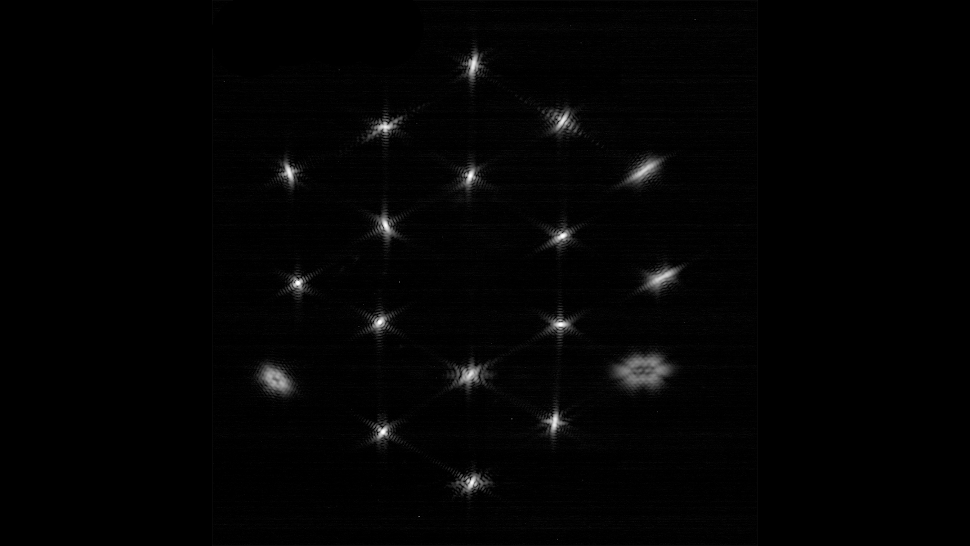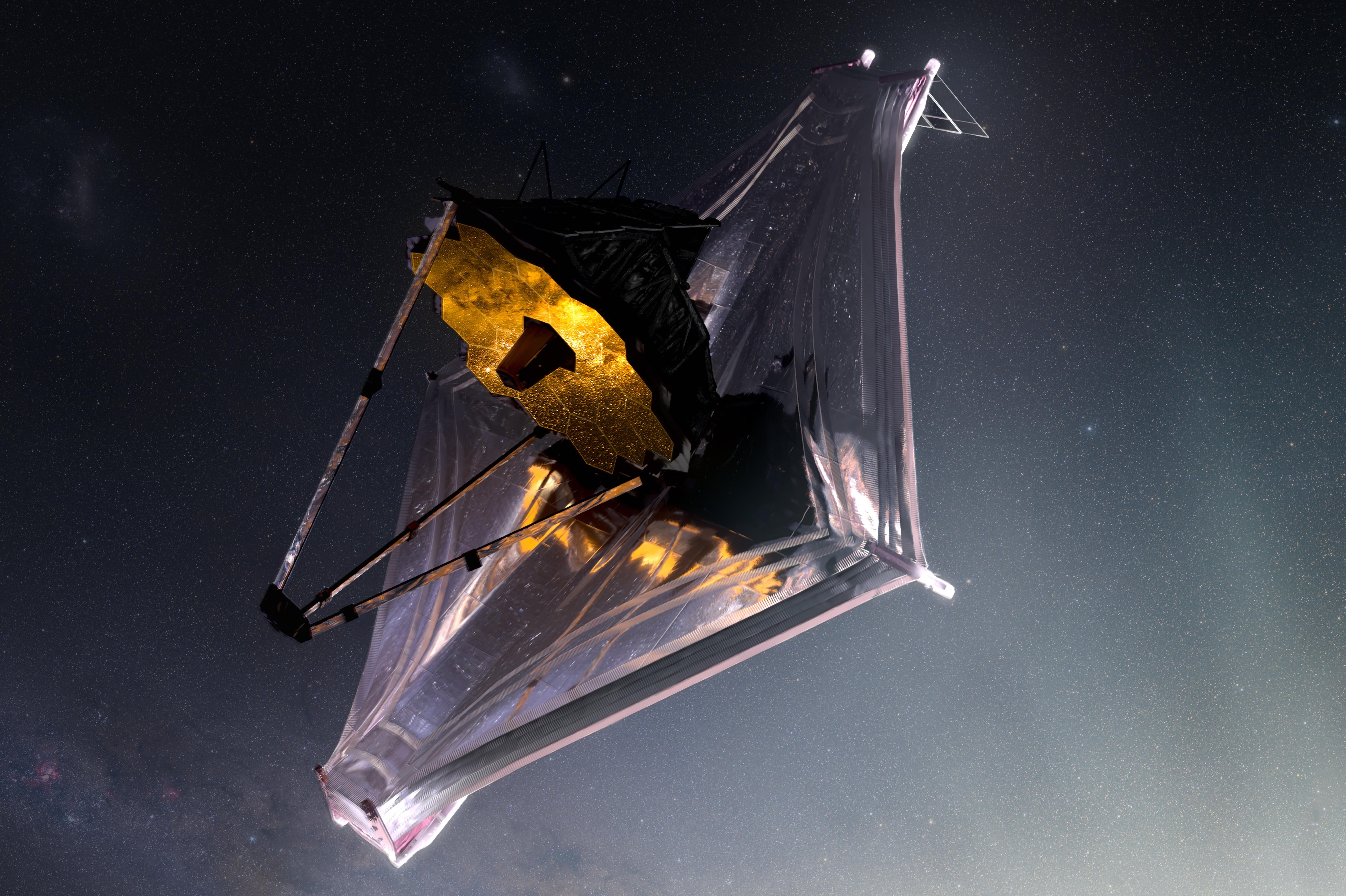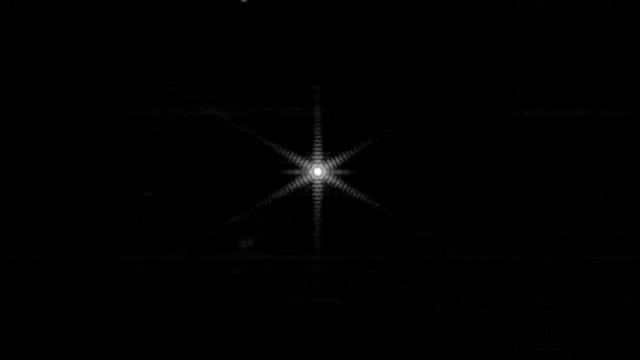The Webb telescope has completed the third stage in aligning its mirrors, a crucial process for getting state-of-the-art imagery out of this $US10 ($14) billion space telescope. The feat comes right on time as the telescope heads into the second month of its three-month alignment period.
Since Webb arrived at its observation point in space, a place called L2, NASA team members have worked furiously to get the telescope ready to start doing science. That process has meant using one star, HD 84406, as a guidepost for aligning the 18 primary mirrors.

The telescope fully deployed its mirrors in late January, saw its first light on February 4, and even snapped a sort-of selfie on February 11. The ultimate goal is to get the mirrors to match each other to about 50 nanometres, or 50 billionths of a metre. As Alise Fisher put it in a recent NASA blog, “if the Webb primary mirror were the size of the United States, each segment would be the size of Texas, and the team would need to line the height of those Texas-sized segments up with each other to an accuracy of about 1.5 inches.” Tweaks to the mirrors’ orientations are being made by humans here on Earth, a million miles from the telescope.
On February 18, the mirrors aligned enough to organise the 18 dots of light picked up by each of the 18 primary mirrors. The next step was to focus those 18 views of the same star into one point — literally by stacking the images on top of one another. That’s now done, as the image stacking alignment phase was completed February 25, three days ahead of schedule. HD 84406 as seen by Webb is now a single point of light, as it should be.
“We still have work to do, but we are increasingly pleased with the results we’re seeing,” said Lee Feinberg, optical telescope element manager for Webb at NASA’s Goddard Space Flight Centre, in an agency release. “Years of planning and testing are paying dividends, and the team could not be more excited to see what the next few weeks and months bring.”

The mirrors are still functioning as single instruments, though, rather than one big telescope they need to be. Fine-tuning alignments are necessary. The fourth phase of mirror alignment, called coarse phasing, will now begin. That process involves pairing 20 different mirror segments to take in light together; the team can use those results to detect where differences in the segments’ heights are reducing the image sharpness.
Coarse phasing will take place in the next several weeks, after which will come fine phasing, telescope alignment across the rest of Webb’s instruments (right now the team is just tinkering with the primary mirror) and, at last, final corrections. More details of the alignment phases can be read about here.
Webb will expand our knowledge of the early universe, galaxies, and exoplanets, as well as some objects within our solar system. The telescope is not replacing the veteran Hubble Space Telescope; it will observe in the infrared and near-infrared wavelengths, while Hubble primarily works in ultraviolet and visible light.
But Hubble launched back in 1990. Webb will peer into the cosmos alongside its predecessor, but it will look further back in time than any device before it, with technology that wasn’t possible 30 years ago.
A fully aligned, scientifically operational Webb is still some ways away — the ballpark estimate is mid-summer 2022 — but the fact that nothing has gone wrong yet is a testament to the hours and effort invested by the scientists and engineers eager to give the world a whole new look at the ancient universe.
